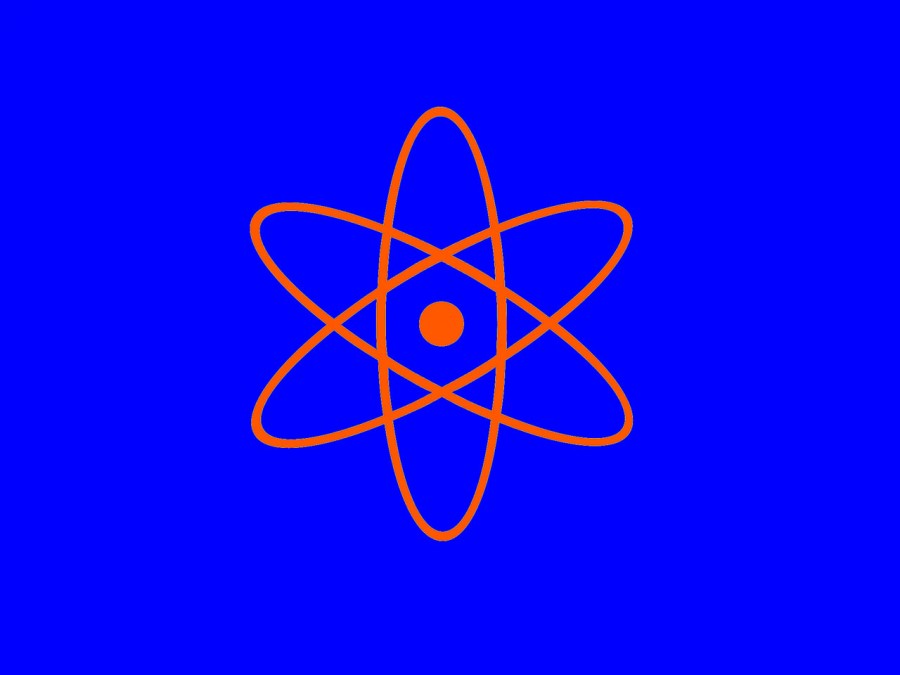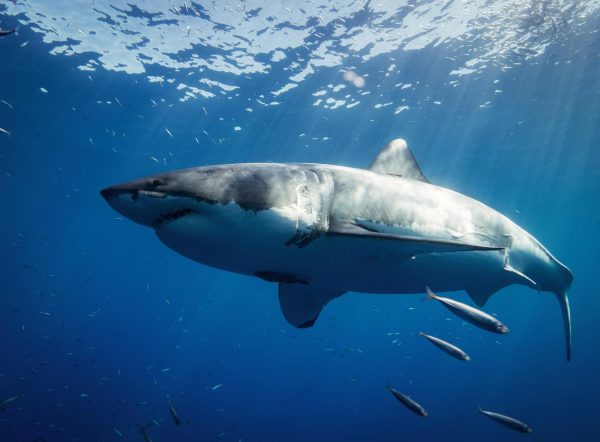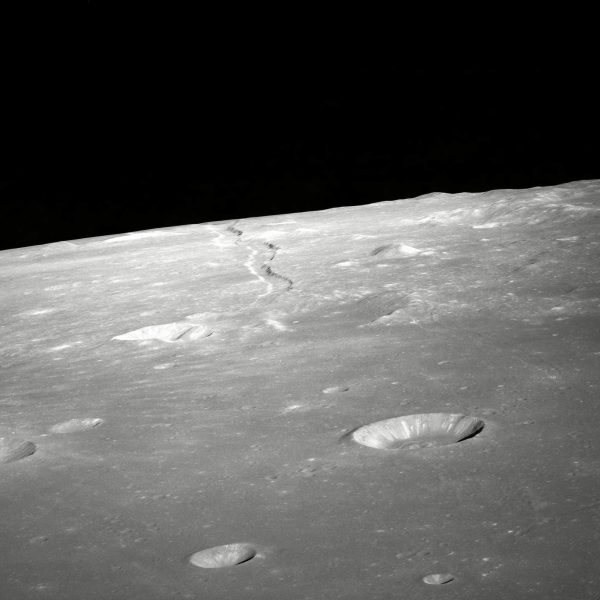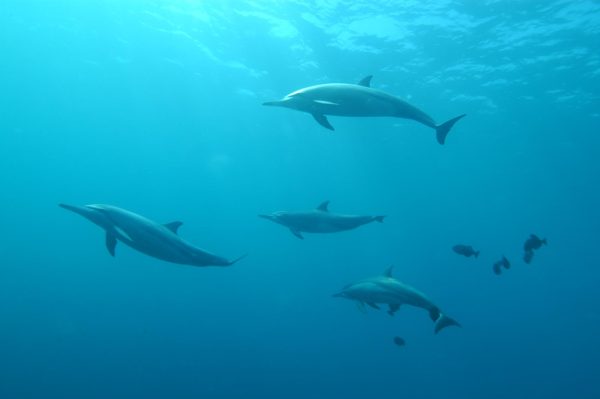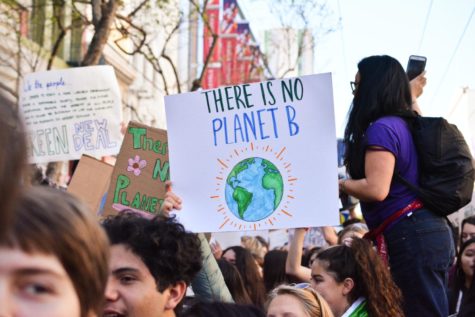A Year in Review: Science and Technology
January 8, 2016
2015 brought about many new changes in the scientific community with many scientific advancements focusing on climate change, the solar system, and cellular biology.
Climate change was the most highly discussed scientific topic of the year. The Republican and Democratic debates throughout the year sparked increased discussion of climate change by both the scientific community and the general public. The year concluded with leaders of the world joining together in Paris for the United Nations conference on climate change at the beginning of December. The conference established the goal of maintaining the rise of temperatures below two degrees Celsius and action plans to reduce global warming by different countries to reduce fossil fuel usage. The agreement was supported by the United States and China, the world’s two largest greenhouse gas polluters.
2015 marked the year of scientific discovery in space. Only July 14th, NASA’s New Horizon flew by Pluto, making it the first aircraft to explore the dwarf planet. The images provided previously unknown details about the dwarf planets surface and atmosphere. To countdown the historic flyby after its nine-year journey, Times Square was filled with crowds of people that rival New Year’s Eve celebrations. The inspiration provided by New Horizon helps strengthen interest in science and exploration for the next generations.
Also in 2015, NASA scientists discovered water flows on the surface of Mars. The lead scientific for the NASA Mars Exploration Program, Dr. Michael Meyer, stated that despite the fact that the water is salty and is only there for a part of the year, it is one of the key things needed in sending humans to Mars. This discovery helps define NASA’s goal of sending humans to Mars in the 2030s.
Drones, or small aircrafts controlled by remote controls, became increasingly popular in the news as the U.S. decided that all drones would have to registered with the federal government. Amazon also received a patent for drones to deliver packages to customer’s doorsteps. Drones have also been used to help increase biodiversity in agriculture and wildlife. For example in France drones farmers are using drones to examine their crops. In Africa, drones are being used to help find poachers to reduce the risk of animal extinction.
In South Africa, scientists found bones that are linked to a potential human ancestor that lives more than two million years ago. While not a direct ancestor of modern day people, Homo naledi has a body mass and stature similar to smaller bodies of the human population.
Regarding technology, Apple made huge strides this year unveiling the Apple Watch, the iPhone 6s and iPhone 6s plus, and a larger iPad. Apple set new first week sales records with these products. Google also made strides this year with self-driving cars, making new breakthroughs with the software.
This academic year again showcased Ward Melville’s strong research performance with the 2015 Siemens Competition in math, science and technology. Four students, Harriet O’Brien, Jennifer Yang, Kathryn Zhao, and Emily Huang, were named semi-finalists in the competition, while senior, Roshan Patel, was named a regional finalist in the competition. Projects ranged from topics in environmental science, biochemistry, cellular biology, to mathematics.


